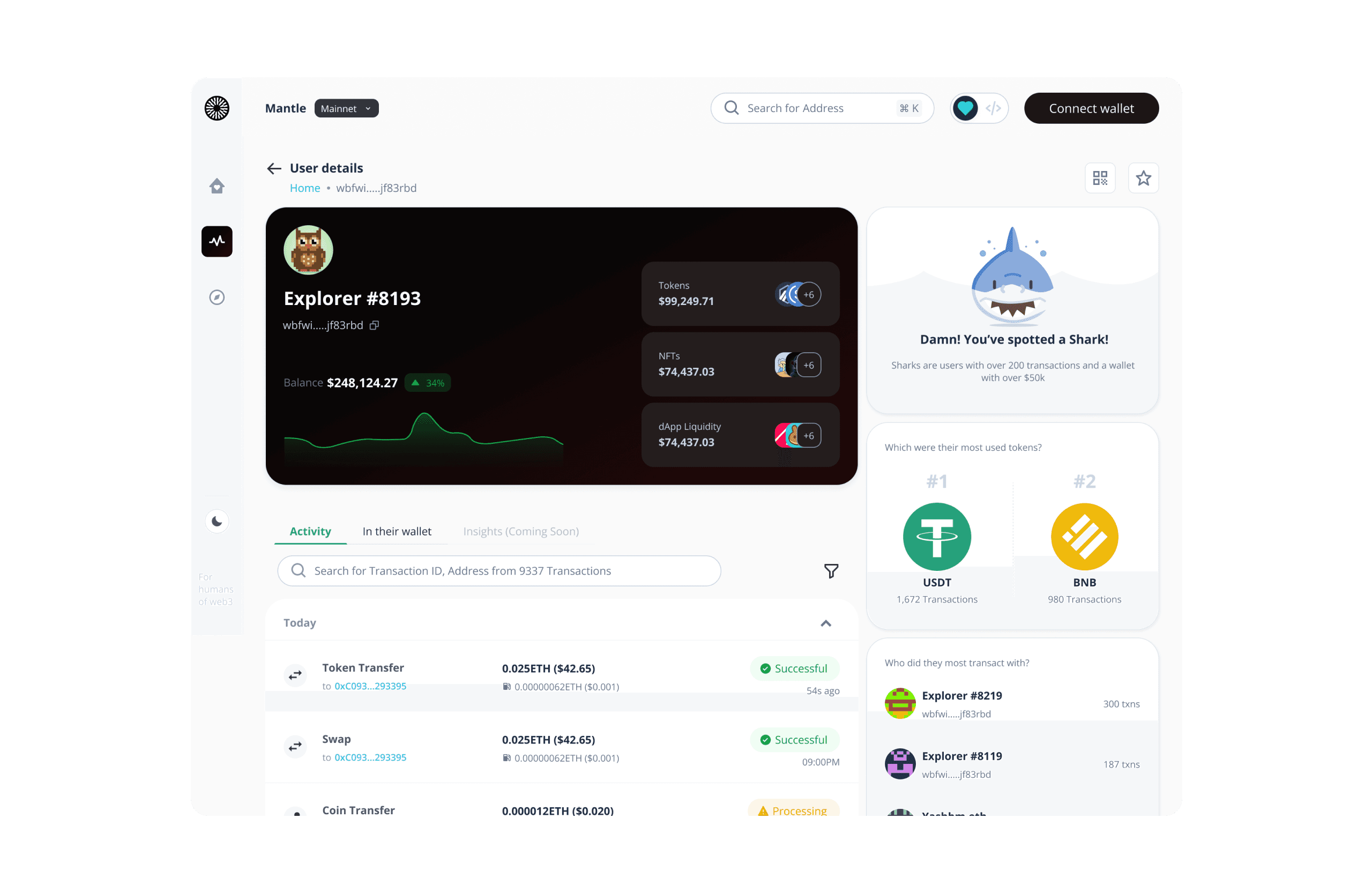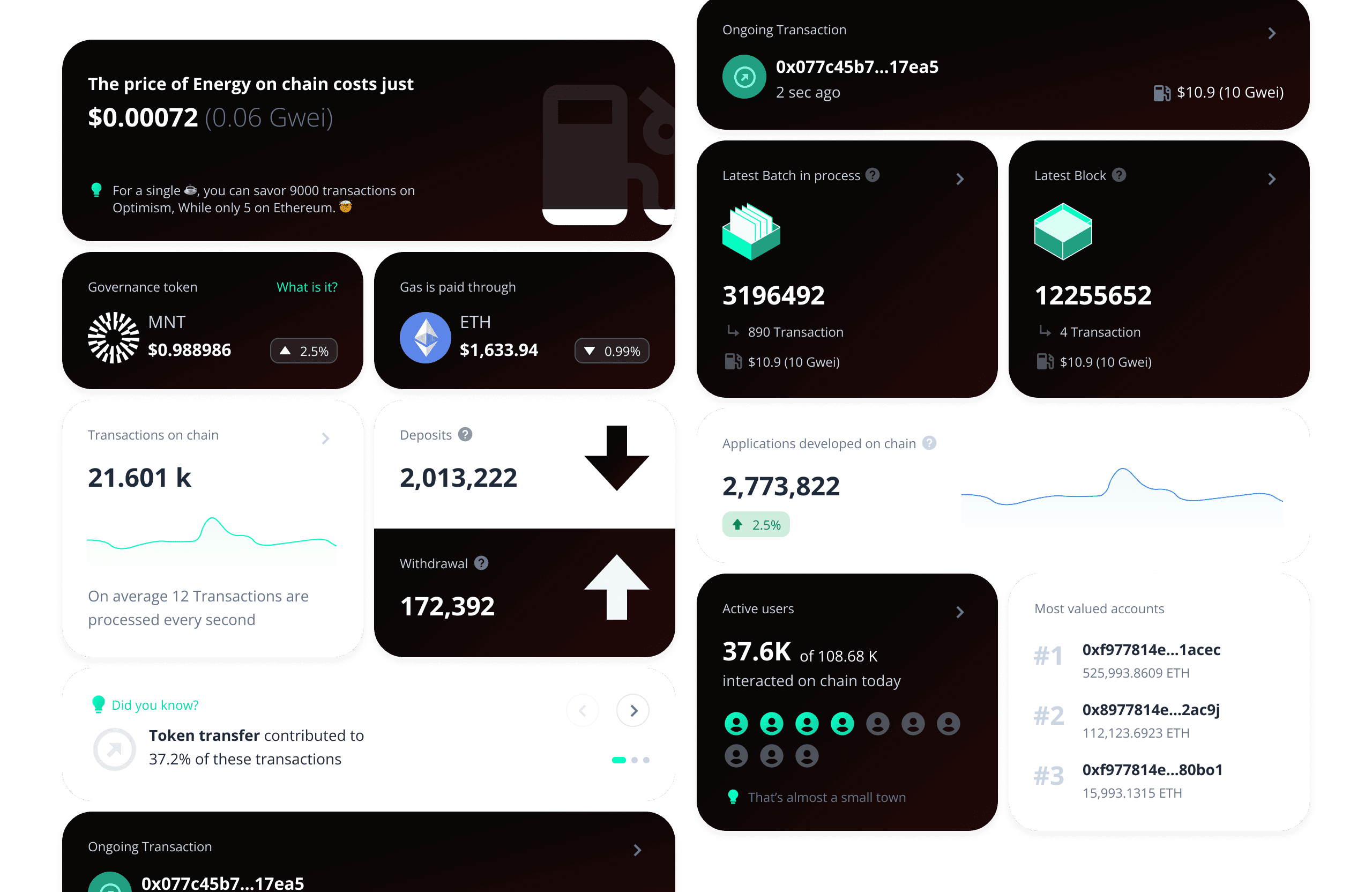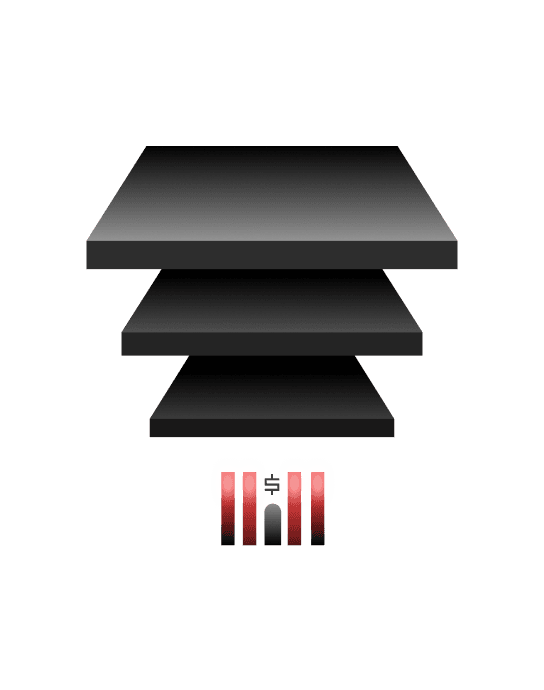Building a blockchain explorer for newbs and experts alike
3 Mos
Duration
Lead
Role
XY 595
2023




// OVERVIEW
Background
Blockchain explorers are akin to file explorers, allowing users to browse blockchain data—such as transaction records between wallets, protocols, and addresses. These tools embody the blockchain’s core principle of transparency, but historically, their interfaces were highly technical, catering to seasoned users while being intimidating and complex for beginners.
Recognizing that new users were entering the blockchain ecosystem daily, we identified a significant opportunity to improve blockchain explorers by making them more intuitive and user-friendly. Given the lack of access to beginner users for direct feedback, we conducted interviews with experienced users to validate the need for such improvements. The feedback revealed a multifaceted opportunity:
User Accessibility: A more approachable explorer could help new and existing users understand blockchain data more easily.
Adoption Potential: Beyond being an independent explorer, there was an opportunity to position our solution, “Blio,” as a SaaS product for blockchain networks. By adopting Blio as their native explorer, networks could offer a tailored experience to their users.
Showcasing Blockchain Specialization: Since each blockchain often specializes in unique use cases, Blio could highlight these specializations through custom data representations, making the explorer more compelling for users and attractive to potential network partners.
Approach
The core innovation behind Blio was a system of customizable widgets. Similar to phone widgets on iOS or Android, these components could showcase various blockchain data in visually distinct and user-friendly ways. This modular design allowed:
Flexible Data Representation: Blockchain-specific features and data could be highlighted effectively.
User-Centric Views: Different widgets could be arranged to meet the specific needs of users, whether they were new to blockchain or seasoned experts.
As the project lead, I was responsible for defining the vision and ensuring its practical implementation. Collaborating closely with a senior designer, we:
Developed a widget-based design framework that enabled high flexibility and adaptability.
Focused on creating a seamless and approachable interface that balanced functionality and ease of use.
Outcome
We designed and delivered the final version of Blio within a remarkably short timeframe of one month. The project achieved early traction, with several blockchain networks expressing interest in hosting their data on our platform. This validated both the product’s usability and its business model.
However, as the company’s priorities shifted to another product, the decision was made to discontinue the project. Despite this, Blio remains a testament to the potential of user-focused design in simplifying complex technologies and creating value for both users and businesses.
Have a project you need help with ?
// OVERVIEW
Background
Blockchain explorers are akin to file explorers, allowing users to browse blockchain data—such as transaction records between wallets, protocols, and addresses. These tools embody the blockchain’s core principle of transparency, but historically, their interfaces were highly technical, catering to seasoned users while being intimidating and complex for beginners.
Recognizing that new users were entering the blockchain ecosystem daily, we identified a significant opportunity to improve blockchain explorers by making them more intuitive and user-friendly. Given the lack of access to beginner users for direct feedback, we conducted interviews with experienced users to validate the need for such improvements. The feedback revealed a multifaceted opportunity:
User Accessibility: A more approachable explorer could help new and existing users understand blockchain data more easily.
Adoption Potential: Beyond being an independent explorer, there was an opportunity to position our solution, “Blio,” as a SaaS product for blockchain networks. By adopting Blio as their native explorer, networks could offer a tailored experience to their users.
Showcasing Blockchain Specialization: Since each blockchain often specializes in unique use cases, Blio could highlight these specializations through custom data representations, making the explorer more compelling for users and attractive to potential network partners.
Approach
The core innovation behind Blio was a system of customizable widgets. Similar to phone widgets on iOS or Android, these components could showcase various blockchain data in visually distinct and user-friendly ways. This modular design allowed:
Flexible Data Representation: Blockchain-specific features and data could be highlighted effectively.
User-Centric Views: Different widgets could be arranged to meet the specific needs of users, whether they were new to blockchain or seasoned experts.
As the project lead, I was responsible for defining the vision and ensuring its practical implementation. Collaborating closely with a senior designer, we:
Developed a widget-based design framework that enabled high flexibility and adaptability.
Focused on creating a seamless and approachable interface that balanced functionality and ease of use.
Outcome
We designed and delivered the final version of Blio within a remarkably short timeframe of one month. The project achieved early traction, with several blockchain networks expressing interest in hosting their data on our platform. This validated both the product’s usability and its business model.
However, as the company’s priorities shifted to another product, the decision was made to discontinue the project. Despite this, Blio remains a testament to the potential of user-focused design in simplifying complex technologies and creating value for both users and businesses.
After the initial structure was laid out , the rest of the deep work were handed off to my team designer , who would work closely with the client team , and whom I would touch base with on a weekly basis to re-align and provide direction whenever it was necessary.
// whats next







